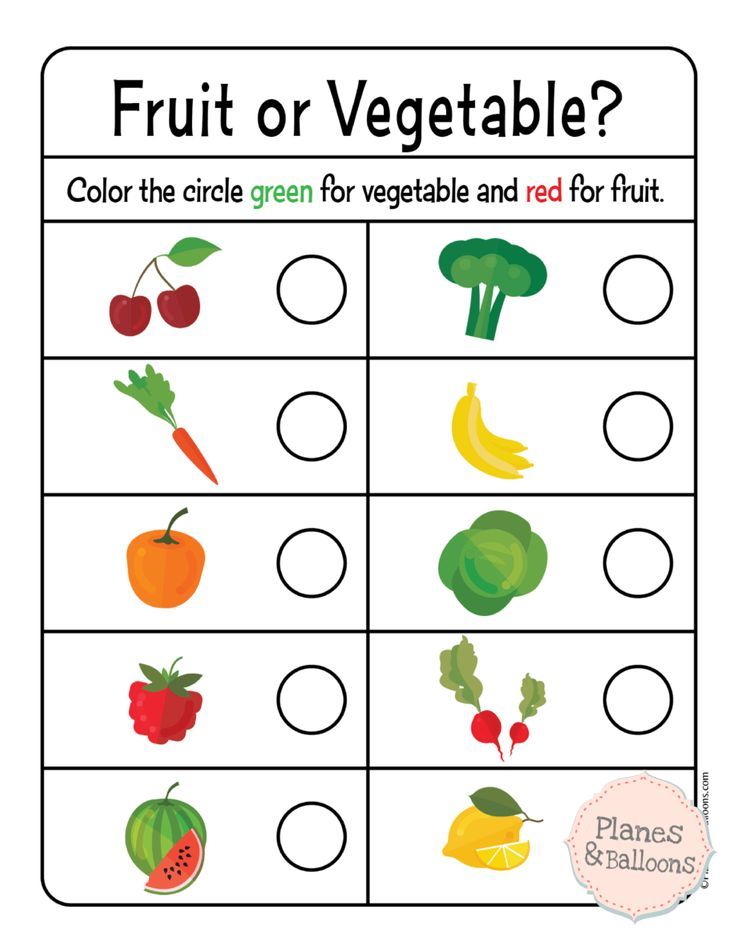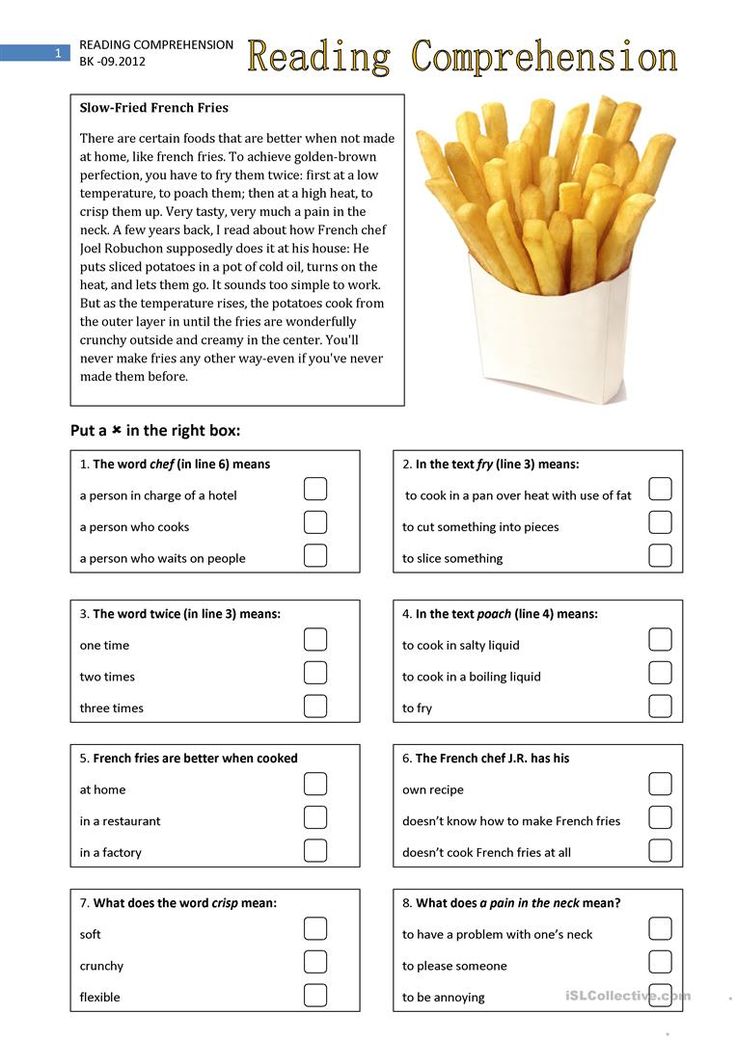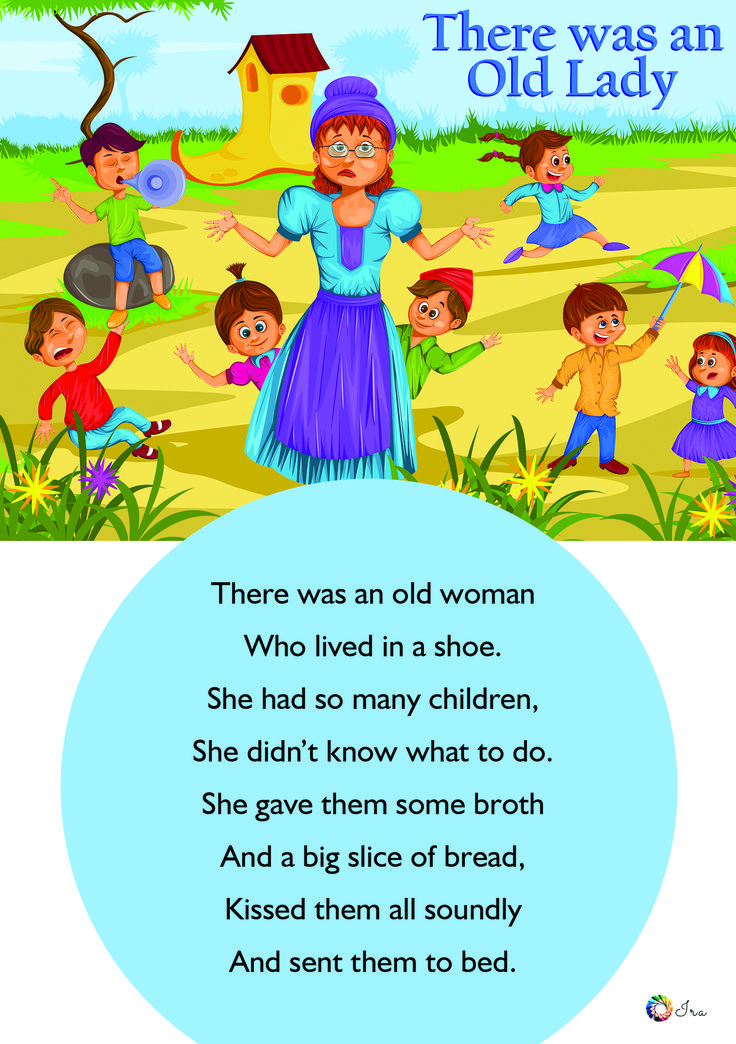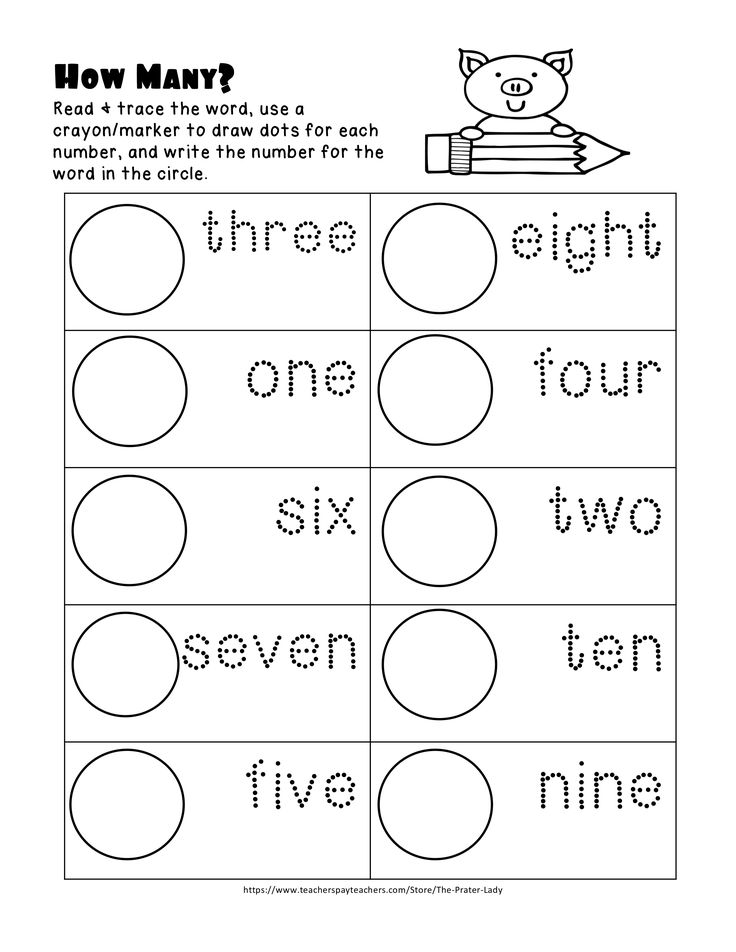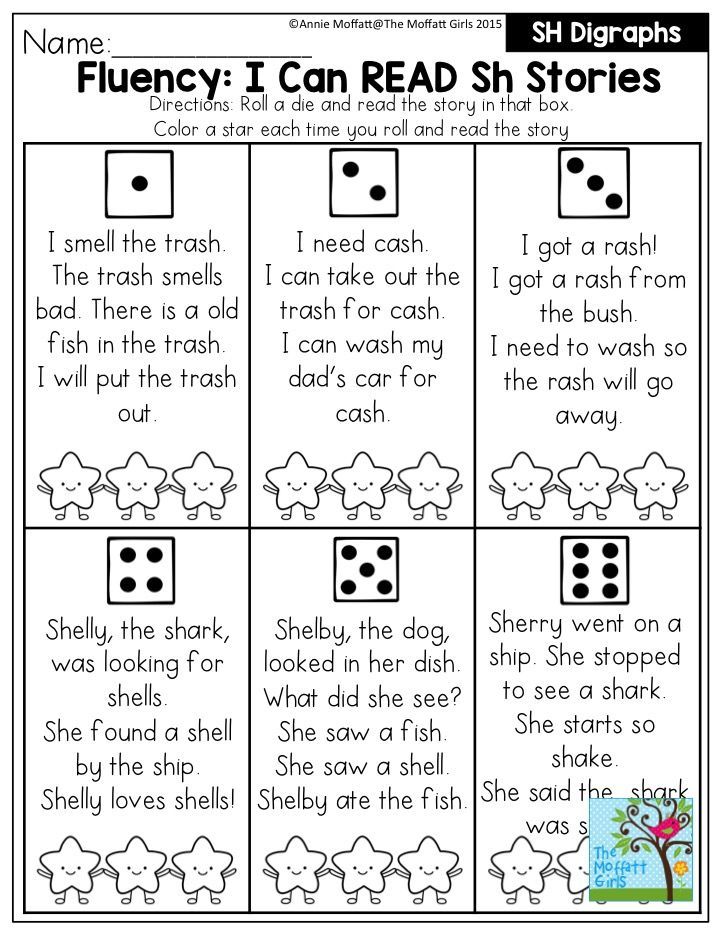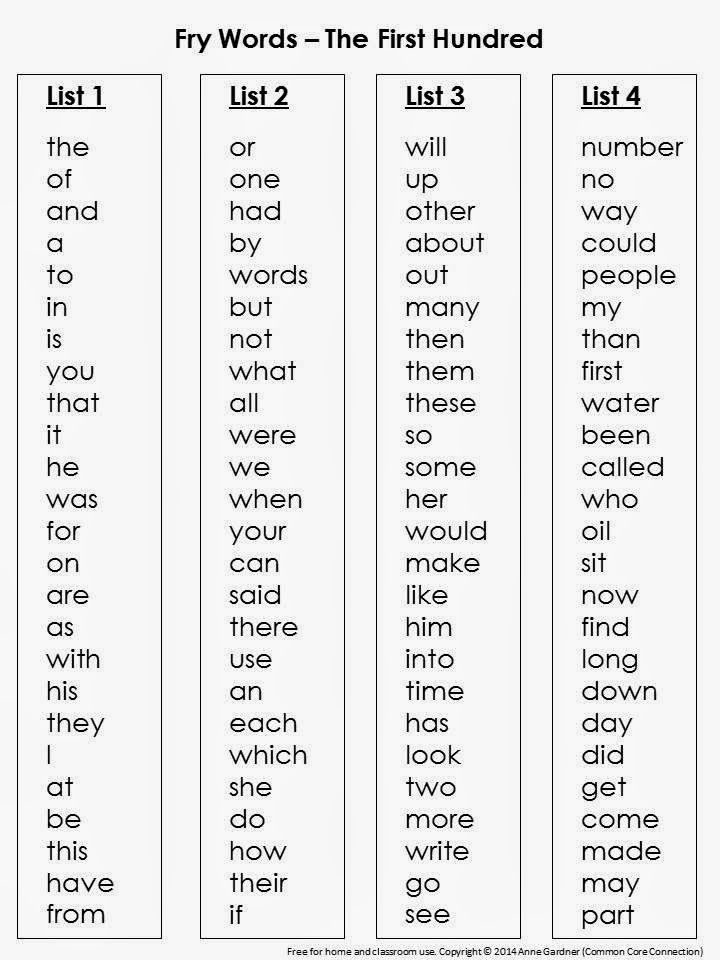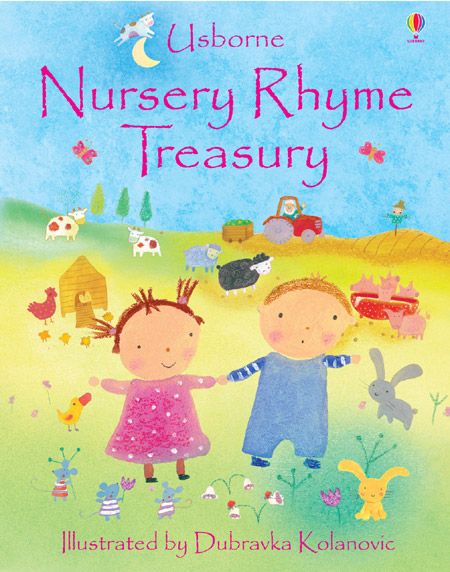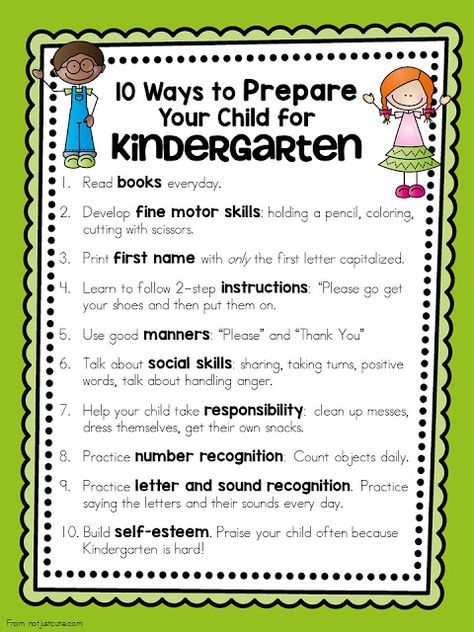What age alphabet
FAQ: Your Reading Child
Q: How old should a child be when he or she learns to recognize letters?
A: Most children learn to recognize letters between ages 3 and 4. Typically, children will recognize the letters in their name first. By age 5, most kindergarteners begin to make sound-letter associations, such as knowing that “book” starts with the letter B.
Q: How old should a child be when he or she learns to read?
A: By age 6, most 1st graders can read some words aloud with ease. Typically, children recognize their names and some sight words. At this age most children can sound out some letter combinations. By 2nd grade, most children are able to sound out a simple book.
Q: What is phonics?
A: Phonics is simply the method of teaching someone to read by sounding out letters and letter groups. Phonics practice can involve reading books with only simple words, many of which rhyme or have similar letter patterns.
Q: How do you read with a child who is just learning letters and sounds?
A: To introduce the concept of letters and sounds, start by showing your child the letters in her name. Name each letter and sound out each sound. You can do this with other words that interest her (mom, dad, baby, etc.). Once your child knows most of the letters in the alphabet, point to letters in the books you read with her, and ask her what they are. Show her how you sound out simple words:
This word starts with “D” which is the “duh” sound. Then there’s an “o” and a “g”. The “g” makes a “guh” sound. “Duh”-o-“guh”. Do you think that word is dog?
As your child learns to read, try alternating pages in a simple book — you read one page, she tries to read the next.
Q: What are appropriate books for my child’s age and/or level?
A: Using Lexile Measures or Leveled Reading, your child’s school has probably determined the level at which your child is reading. Your goal is to help your child pick books that are challenging, but not too hard to enjoy. Librarians, teachers, and online databases like those at www.lexile.com can help.
Q: What is leveled reading?
A:Leveled reading is a way to match a reader to a book that is at the just-right level for him.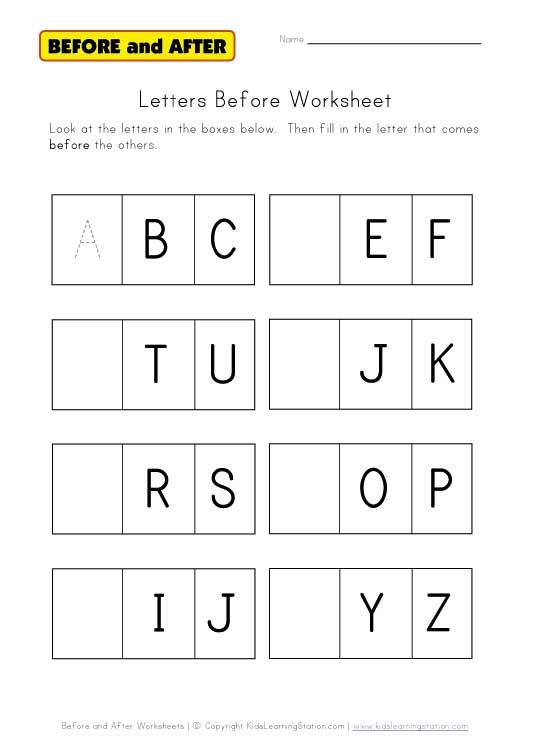 An emerging reader needs to be challenged to read more difficult books, but the books can’t be too hard for him to attempt on his own. When entering a leveled reading program, a student first takes a test to determine his level.
An emerging reader needs to be challenged to read more difficult books, but the books can’t be too hard for him to attempt on his own. When entering a leveled reading program, a student first takes a test to determine his level.
Q: What is a Lexile Measure?
A: Both books and readers can be measured using the Lexile Framework. If your student has taken a test at school and received a Lexile Measure, you can visit www.Lexile.com to learn how to best use this information, including ways to find the perfect level book for your child.
Q: My child isn’t reading at his grade level and he says she “hates” reading. What should I do?
A: If your child falls behind even in early elementary school, you may want to have her evaluated for a learning disability. Even if the result is inconclusive, it’s best to know if your child has any special issues, as there are methods to teaching reading to children with special needs that work better than some traditional reading programs.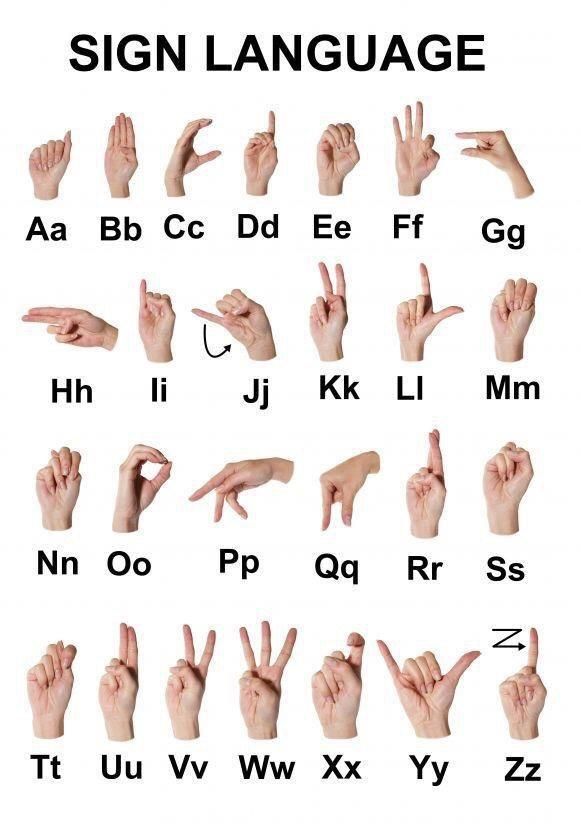 Alternately, your child might just need more engaging books. There are many books available, such as the Captain Underpants series, as well as comic books, which “reluctant readers” love. Keep your child engaged with reading by encouraging her to read what she enjoys.
Alternately, your child might just need more engaging books. There are many books available, such as the Captain Underpants series, as well as comic books, which “reluctant readers” love. Keep your child engaged with reading by encouraging her to read what she enjoys.
Q: Where can I find lists of quality children's books?
A: The Association for Library Service to Children grants book and media awards to the best offerings for children. This is where you can find information on recent Newbery Award winners (most distinguished contribution to American literature for children) and Caldecott Medal winners (most distinguished American picture books), among others. This site also houses multiple book lists for children
Q: How can I encourage my child to read despite all the other distractions?
A: The best way to show that reading books can be fun and rewarding is to model the behavior you want from your children After dinner or on a lazy weekend afternoon, instead of turning on a movie or the TV, curl up with your own book, and encourage your child to do the same.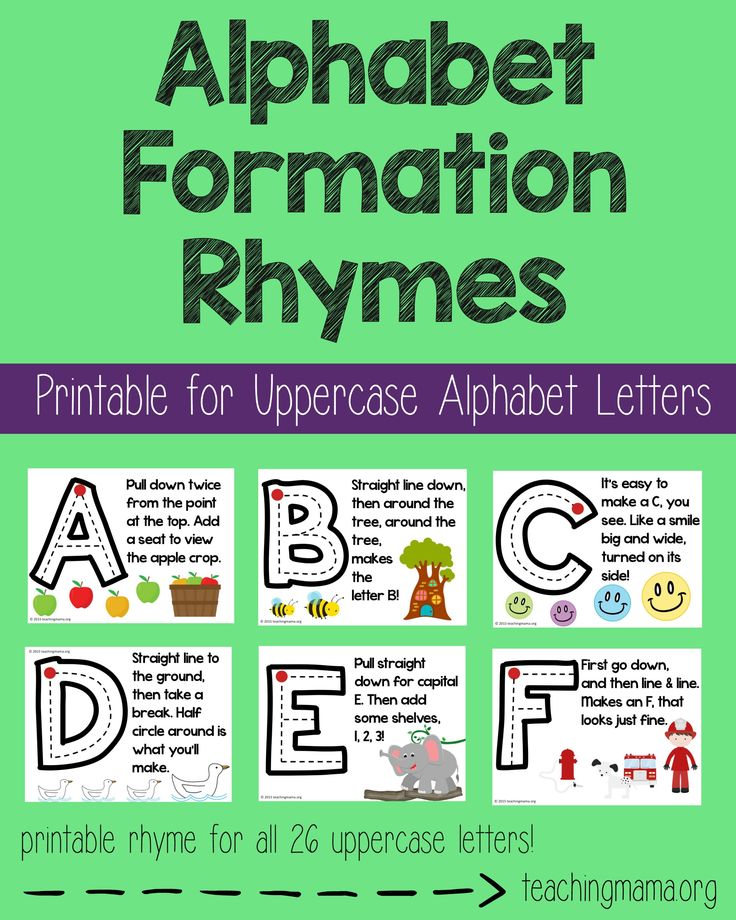 Young children also love being read to, and if you are tired of the books in your house, a trip to the library can give you a new stack to read. Even if this only happens once a week, it may become a cherished family tradition.
Young children also love being read to, and if you are tired of the books in your house, a trip to the library can give you a new stack to read. Even if this only happens once a week, it may become a cherished family tradition.
At What Age Should a Child Know the Alphabet? – Smaller Scholars
As children grow, they naturally hit learning milestones. One of the most critical educational milestones a child must reach is learning the alphabet, which prepares them for reading and writing.
But at what age should a child know the alphabet?
In this article, you will learn at what age a child should know how to recite the alphabet, recognize and write individual letters, learn letter sounds, and eventually learn how to read. Read on to make sure your little one is on the right track!
At What Age Should a Child Know the Alphabet?
Recitation
Typically, by the age of three, children should be able to recite the alphabet. However, every child is different.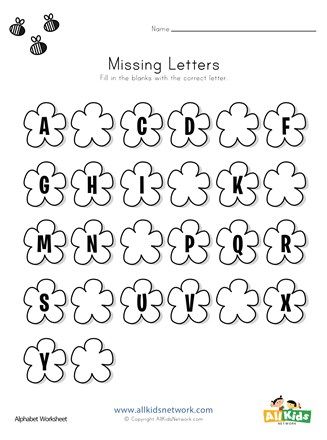 Some toddlers may learn in their twos, and others might not pick it up until the late threes.
Some toddlers may learn in their twos, and others might not pick it up until the late threes.
Children generally learn how to recite the alphabet through repetition. If you sing the ABC song to your kids often, they are more likely to pick it up quicker, just as they would any song.
Recognition
Most children can recognize letters between the ages of three and four. Most kids will recognize the letters in their name first.
For example, a boy named Jace will probably be able to remember what the letter “J” looks like as well as recognize most other letters in his name. Similar to alphabet recitation, use repetition to teach your children about recognizing individual letters. You may ask them, “What letter is that?” whenever you see an isolated letter.
Writing
By ages four to five, children will start writing letters. Children will learn to write the alphabet in preschool and kindergarten, but it may be beneficial to have your child practice writing his/her letters at home.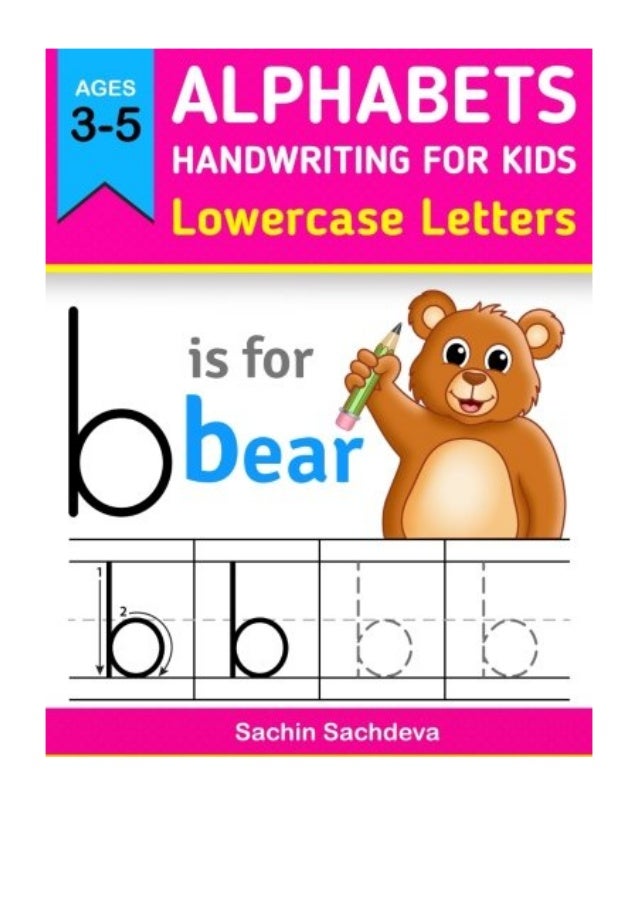 Most children at this age know that written symbols represent messages and may be interested in writing on their own. One of the easiest ways children learn how to write letters is to begin tracing them.
Most children at this age know that written symbols represent messages and may be interested in writing on their own. One of the easiest ways children learn how to write letters is to begin tracing them.
Additionally, teaching your child how to write his/her name is an important step that will ultimately help them become familiar with writing the rest of the alphabet.
Sounds
By five years old, children will start to associate letters with their accompanying sounds, otherwise known as phonics. In other words, around the age of five, children should be able to reason that the word “book” starts with the letter B.
Children begin learning phonics in kindergarten, which is a vital step to decoding written text and begin reading.
Reading
By six years old, first graders should be able to read words aloud with ease. For the most part, children can recognize sight words and their names. Moreover, children can decode some words by sounding out their letter combinations.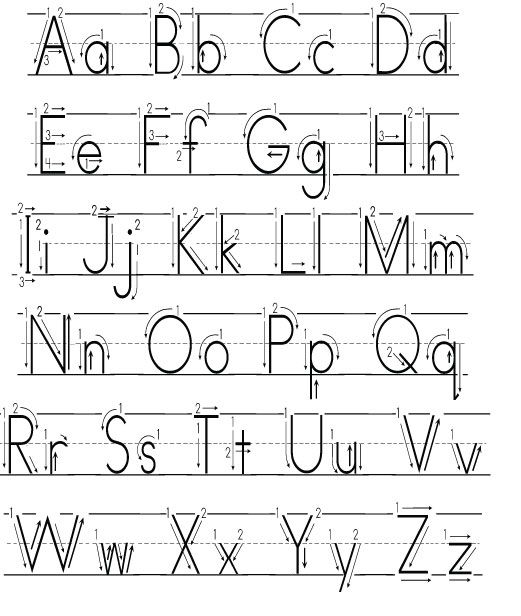
By second grade, a child should be able to sound-out a simple book. By the third grade, your child should be able to read independently and fluently. By this point, your child should be a master of the alphabet and is ready to master the art of reading!
What If Your Child Isn’t Learning at the Rate S/He Should?
It’s important to remember that every child is different and may learn at a different rate. If your child isn’t learning the alphabet at the pace s/he should, one reason may be because s/he isn’t interested or is simply undergoing a minor setback.
However, if your child is falling severely behind, it’s important to find out if your child truly has a problem learning or if it is nothing to worry about. Therefore, work one-on-one with your child to determine if there is a problem. For example, practice reading and writing with your child. If s/he is having a hard time comprehending the instruction or if it’s taking him/her an abnormally long time to do the task, consider talking with your child’s teacher about it.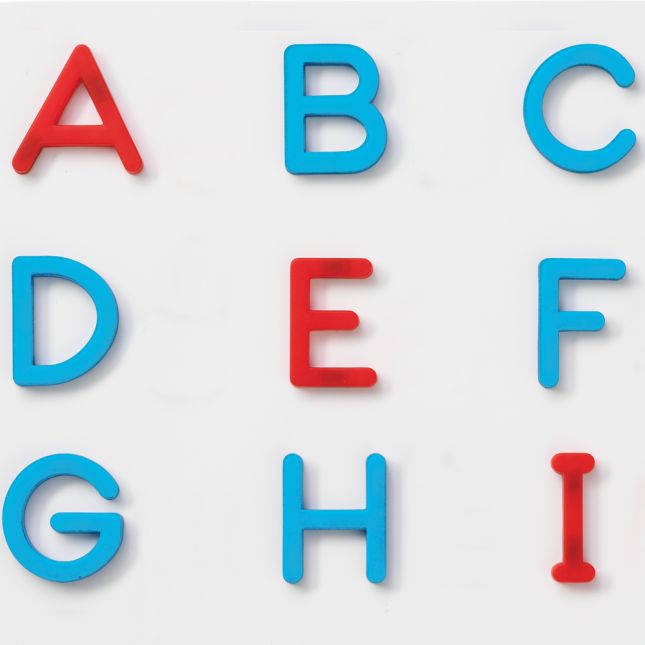
In the end, if you suspect your child might have a reading or learning disability, discuss it with a doctor. If your child is truly suffering from a reading disability, it can cause him/her to fall behind in his/her education. The sooner you seek help, the sooner you will be able to find a solution that works for your precious little one!
Learn the Alphabet at a Top-Tier School!
So at what age should a child know the alphabet? Learning the alphabet is an ongoing process. That being said, it’s crucial to enroll your little one in a school that will not only teach him/her but also helps develop in him/her a love of learning.
Smaller Scholars Montessori Academy helps children become more confident, creative, and independent through the acclaimed Montessori experience. You can enroll your child in the toddler program, which is for kids between the ages of eighteen months and three years, or in the primary program, for children between three and six years. In both programs, children have a rich classroom environment in which they are encouraged to explore, learn, and thrive.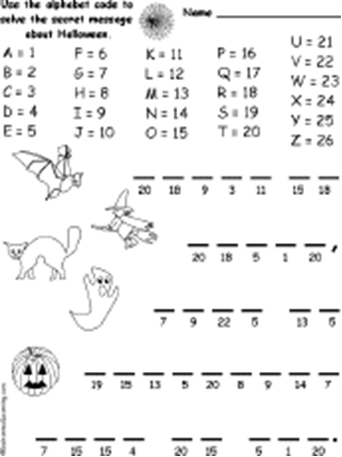 Then, as children grow older, they can explore the elementary program for kids up to twelve years old.
Then, as children grow older, they can explore the elementary program for kids up to twelve years old.
What are you waiting for? Ensure your child learns the alphabet and how to read by enrolling your child in Smaller Scholars Montessori Academy! Contact them to learn more.
At what age to learn letters with a child? At school, the children of the Land of the Rising Sun memorize about 2500 characters! At the same time, they should be able to use classical Japanese characters well, the Japanese version of Chinese characters and Latin ...
Our children are much easier, but they still have to learn to read and write. At what age to learn letters and numbers with a preschooler? Is it too early to do this after 2 years?
Opinions of different groups
Opinions about premature mental stress differ. And the question “how to teach a child to read in a year” is considered by most people to be generally meaningless.
What psychologists say
A child under 3 years of age has a short-term interest in books with fairy tales, the repetition of some words from an adult conversation or phrases from cartoons is just a child's curiosity, and not a willingness to master numbers and letters.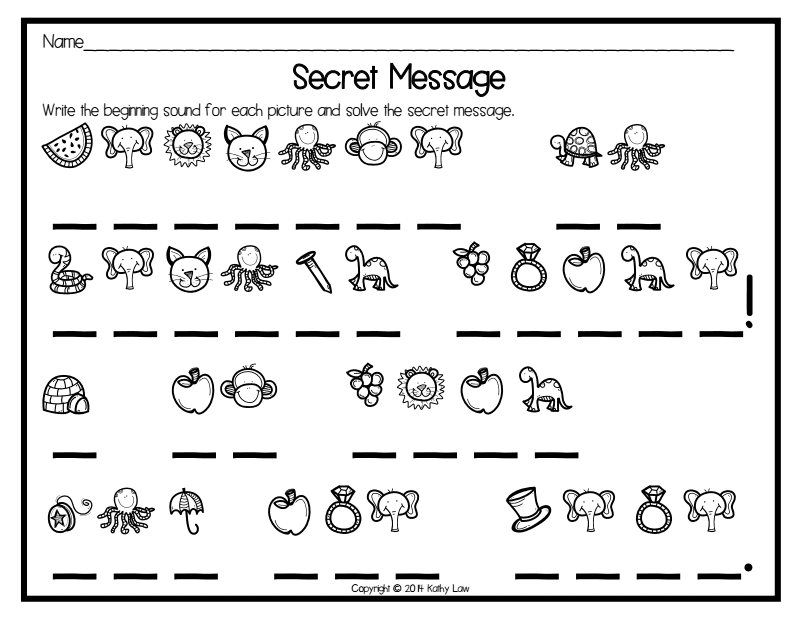 Such an age load can give some acceleration in the learning process, but in the future it will turn out that the child is used to reading semi-automatically, without understanding the meaning and mastering the material. But the unstable psyche of the baby can get under attack, which will lead to dangerous emotional consequences.
Such an age load can give some acceleration in the learning process, but in the future it will turn out that the child is used to reading semi-automatically, without understanding the meaning and mastering the material. But the unstable psyche of the baby can get under attack, which will lead to dangerous emotional consequences.
Teachers' statement
How do teachers react to the desire to teach a child to read letters? They believe that to simplify the learning process, children can be prepared, but it is better to do this a year or two before school. It is during this period of time that the child develops logic, he clearly pronounces letters and sounds, is able to correlate what he sees with what he hears and pronounces.
Pediatrician approval
At 2-3 years old, children are rarely diligent. On average, they are able to behave calmly for 10-15 minutes, and then choose their favorite form of activity (tumbling, jumping, running around the room).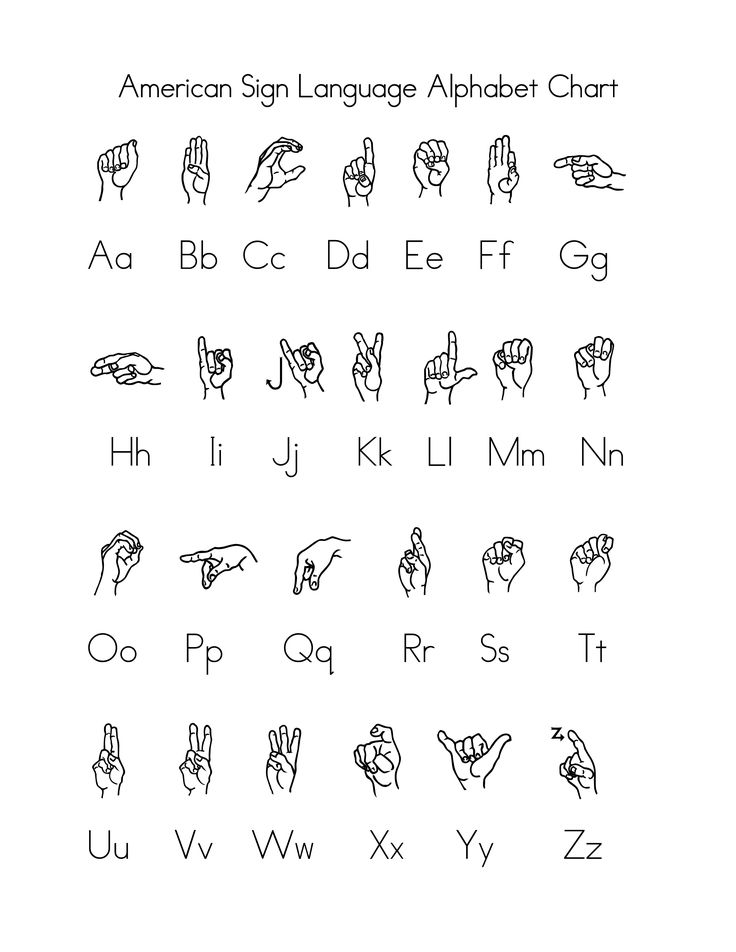 In order for a child to be interested in the learning process, time is required for preparation. The child needs to be able to aggregate visual information with the subconscious function in order to recall and identify the learned number, letter, word in the future. And this is almost impossible at such an early age due to the increased mental load, for which the baby is not ready.
In order for a child to be interested in the learning process, time is required for preparation. The child needs to be able to aggregate visual information with the subconscious function in order to recall and identify the learned number, letter, word in the future. And this is almost impossible at such an early age due to the increased mental load, for which the baby is not ready.
Parents' opinion
The only category that was divided into 2 camps: supporters of a quiet childhood and fans of "great talents". The former believe that children will be taught to read and write before the 1st grade. The latter think that it is so cool to salute the familiar amazing successes of their daughter or son, hoping that the second Pushkin or Newton will turn out from the baby in the future.
How to teach a child to read at 4, 5 or 6 years old
Based on the opinions of experts, at the age of 2 it is too early for a child to learn the alphanumeric world, but it is quite acceptable, especially in a playful way.
There are mothers who still want to teach their baby to count and read ahead of time. Do not rush, think about the harm it will bring to your beloved child. After all, for the sake of adults, he will have to strain his eyes, train the memory that has not yet been formed for school disciplines, and come to terms with internal irritation caused by failures. This is a serious blow to the psyche and health of the whole body. When a little man builds pyramids from alphabet cubes or rustles a fan with numbers, in his mind, these are ordinary entertaining things that you want to play with. And this is not an indicator of readiness for serious learning.
should begin to study letters upon achieving psychological and age -related readiness. It will help to check this first manual called "Alphabet for Toddlers (Learning Letters)". The alphabet for children is designed in such a way that they first recognize the picture, and then learn to pronounce what letter the image begins with.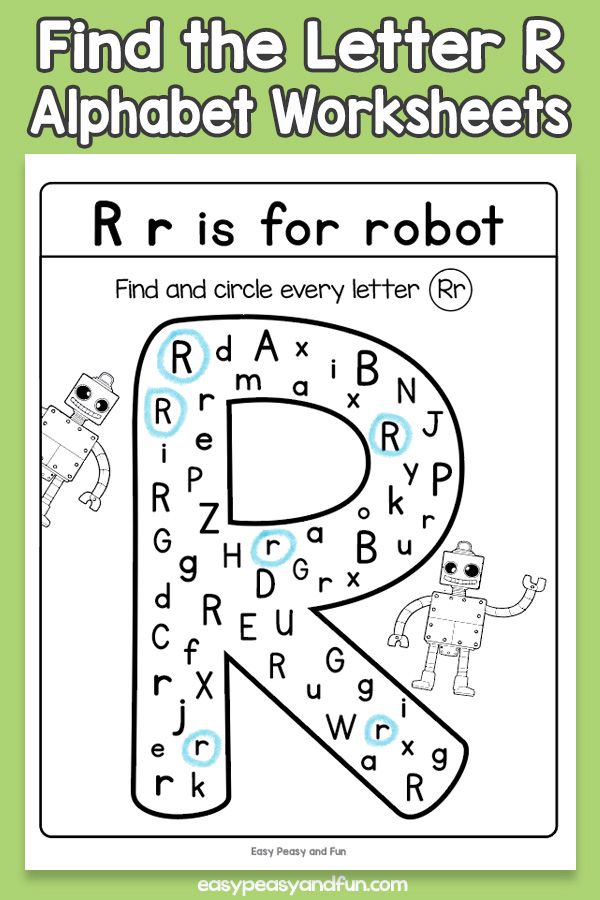
In most cases, children's interest begins at 3-4 years old, but even at 5-6 years old it is not too late to start learning letters. The main thing is that you do not get hung up on the question of how to teach a child to read at 3 years old and earlier, but be guided by the desire and physical capabilities of your child.
At what age and how to learn the alphabet with a child
Is it good to know letters at two years old and is it so bad not to know them at four? What is the best way to learn the alphabet with a child?
When to start learning letters
Many parents want to teach their children to read and write as soon as possible and worry when the baby begins to memorize letters later than others. But modern experts believe that the rule “the sooner the better” does not apply here.
For example, according to neuropsychologist Anna Semenovich, learning letters and numbers from 2.5-3 years is extremely harmful. The specialist explains that there are certain neurophysiological laws of brain development. At this age, the sensorimotor and emotional sphere of the baby is formed, the time has not yet come for cognitive processes. If you start to actively load him with learning, that is, untimely development of one of the mental functions, the child's brain will perform the assigned tasks, but the development of other structures of the psyche will suffer. This is fraught with a violation of emotional processes, the appearance of diseases is possible.
Anna draws attention to the fact that at first the child develops visual-figurative, and then abstract-logical thinking. And teaching a child to write letters reverses this process, violating the law of psychology.
In her opinion, at the age of 3–4, a child should be taught everyday knowledge, teach routine, help to study the world around him, and you can also send him to creative circles. And the letters should be left for 4-5 years.
However, she admits that there are exceptions to the general rule: all children are different, some kids learn to read on their own at an early age.
How do you know when exactly to start the alphabet? Excellent advice on this matter is given by the psychologist Olga Melnitskaya. In her opinion, the main indicator is the child's sudden interest in letters. And there is nothing wrong with that, even if it happens at the age of 6, when he realizes that in order to receive information from the world, you need to be able to read.
It's time for the alphabet if the baby:
- imitates adults, pretending to read;
- asks what is written in the book or on the advertisement;
- pronounces almost all sounds;
- builds phrases;
- perceives well by ear - he can tell what his parents read to him from a book.
How to teach your child the alphabet
It is best to start learning with sounds, not letters: talk to your child how they are pronounced. Also, Dr. Komarovsky advises to learn vowels first - it is easier for children to memorize them.
Soft cubes, cards and magnets with objects whose names begin with different letters, coloring pages will help in learning.


